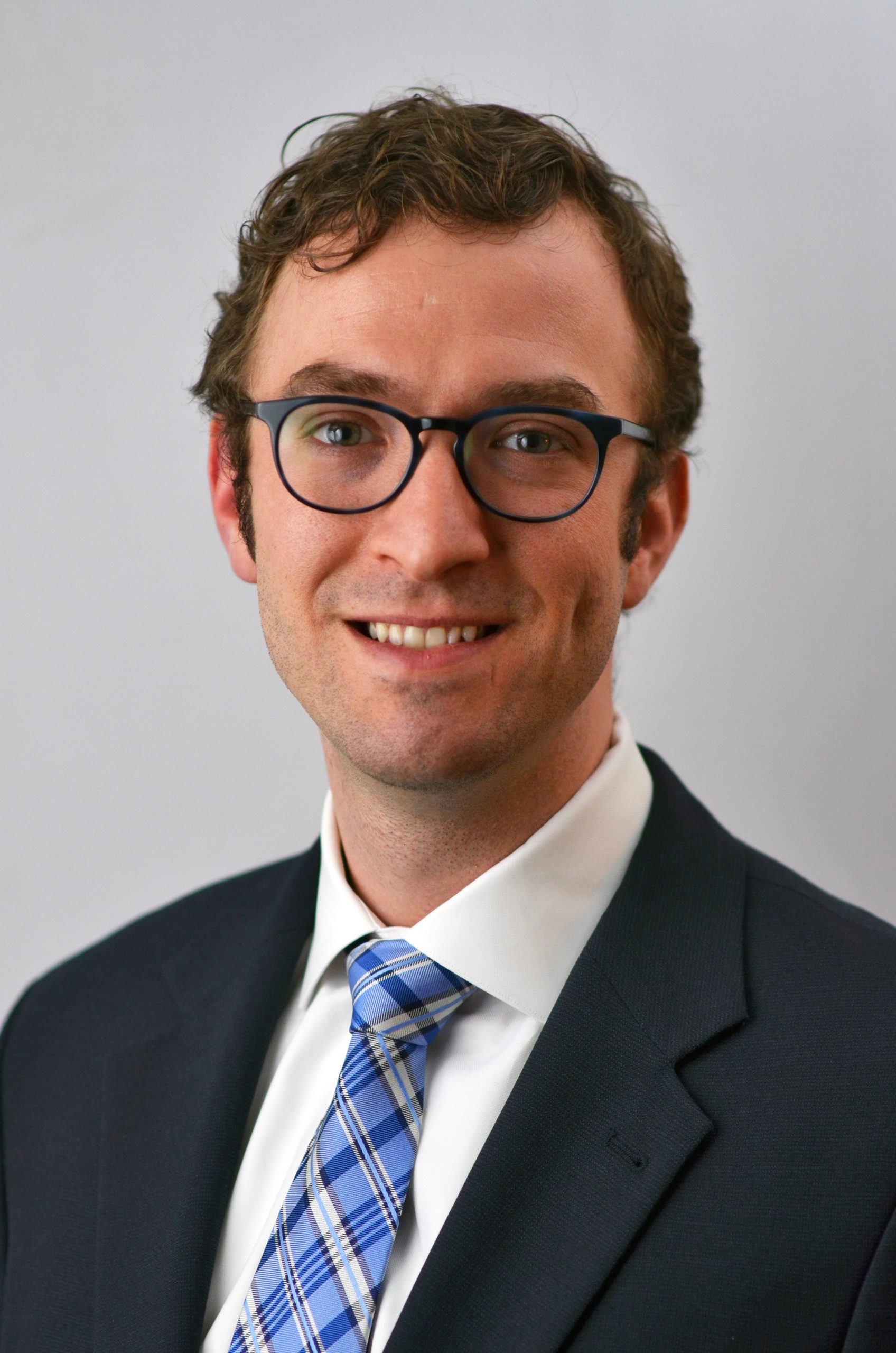Fourth-year medical student Wesley Stepp, PhD, has developed a testing method to predict aggressiveness of head and neck cancers and help physicians determine the ideal treatment regimen.

Fourth-year medical student Wesley Stepp, PhD, has developed a testing method to predict aggressiveness of head and neck cancers and help physicians determine the ideal treatment regimen.

Media Contact: Jamie Williams, jamie.williams@unchealth.unc.edu
April 25, 2018
CHAPEL HILL, NC – Research led by UNC School of Medicine student Wesley Stepp, PhD, shows how more detailed genetic testing of head and neck tumors could lead to more personalized treatments for patients.
Stepp, first author of the study published in JAMA Otolaryngology-Head & Neck Surgery, said his method could lead to better outcomes for patients.
“Years ago, researchers created very big diagnostic buckets based on one biomarker,” Stepp said. “And I thought there must actually be many smaller buckets because our testing was not sensitive enough.”
Presently, head and neck cancers have been grouped into two categories based on the presence of p16, a tumor suppressor protein. Tumors found positive for p16 are less aggressive than those without it, and they are treated accordingly, often with clinical trials using lower doses of radiotherapy.
Tumor testing has traditionally been done using immunohistochemistry stains. In Stepp’s study, tumors were tested using a method that looks at RNA gene expression in a high throughput manner. This method was pioneered at UNC by Chuck Perou, PhD, to study how certain breast cancers might respond to treatment. Stepp found a wide range of genetic expressions for tumors falling within the p16 positive bucket.
“At the genetic level, we found that although these tumors were p16 positive, they all had different microexpressions that differentiated them from each other,” Stepp said.
Stepp used these results to determine the relative aggressiveness of a tumor based on certain genetic markers. With a more specific tumor phenotype, physicians can better determine a course of treatment.
“Ultimately, we’d like to be able to say which treatment modality a patient will best respond to and the likelihood of recurrence,” Stepp said. “We’re trying to individualize the treatment of head and neck cancers. That’s the big picture.”
This proof of concept study was conducted in 21 patients and Stepp is working now on an expanded study to validate these results.
This kind of clinical research with immediate relevance in patient care is the type of science that drew Stepp to medical school after he completed his doctoral studies at Georgetown University, where he focused on HPV. He remembers a transformative experience that began to steer him towards medical school. While working on a research project at the NIH Clinical Center, Stepp entered a patient’s room to collect samples to bring back to the lab. In the room, Stepp found a shy 13-year-old girl, covered in warts caused by HPV. Upon his entering the room, the girl burst into tears.
“I was there to do my work and just collect some samples,” Stepp said. “But that experience really made clear that there is a human side to everything we do in the lab.”
He applied for and was awarded an NIH PhD to MD Training grant, which led him to UNC.
His background in HPV-related research and the increase in HPV-driven head and neck cancers sparked his interest in Otolaryngology. When he had an idea for this particular research project, he approached Harold Pillsbury, MD, chair of the department of otolaryngology/head and neck surgery, who suggested he work with Jose Zevallos, MD, MPH, a head and neck surgeon who has since left UNC and is now on faculty at Washington University in St. Louis.
“I began speaking to Jose about the project and because of my PhD background he sort of gave me the reins,” Stepp said.
After Zevallos left UNC, Stepp began working with Trevor Hackman, MD, associate professor of otolaryngology/head and neck surgery, who remains Stepp’s primary research advisor.
“Dr. Hackman has provided great guidance on how the science fits with the actual medicine,” Stepp said. “He’s been a great clinical shepherd for this work.”
As Stepp thinks about this work and what might come next, he remembers back to when he first decided to apply to medical school and the questions he got about changing the course of his career. During his time at UNC School of Medicine, those answers have gained even greater clarity.
“Every day I have the opportunity to see patients and hopefully make an impact on their lives,” Stepp said. “I’m as much of a lab body. What I enjoy about medicine is getting to meet people and learn about them.”
As he continues this line of research, he hopes to expand the use of his testing method to maximize the effectiveness of treatments for head and neck cancers.
“The home run will be when we can prove this test shows what sort of treatment a patient needs to have the best shot at remission or of not having cancer anymore,” Stepp said.
This research was funded by the National Institutes of Health. Co-authors include: Zevallos, Hackman, Douglas Farquhar, MD, Siddharth Sheth, MD, Angela Mazul, PhD, Mohammed Mamdani, MD, PhD, and D. Neil Hayes, MD.